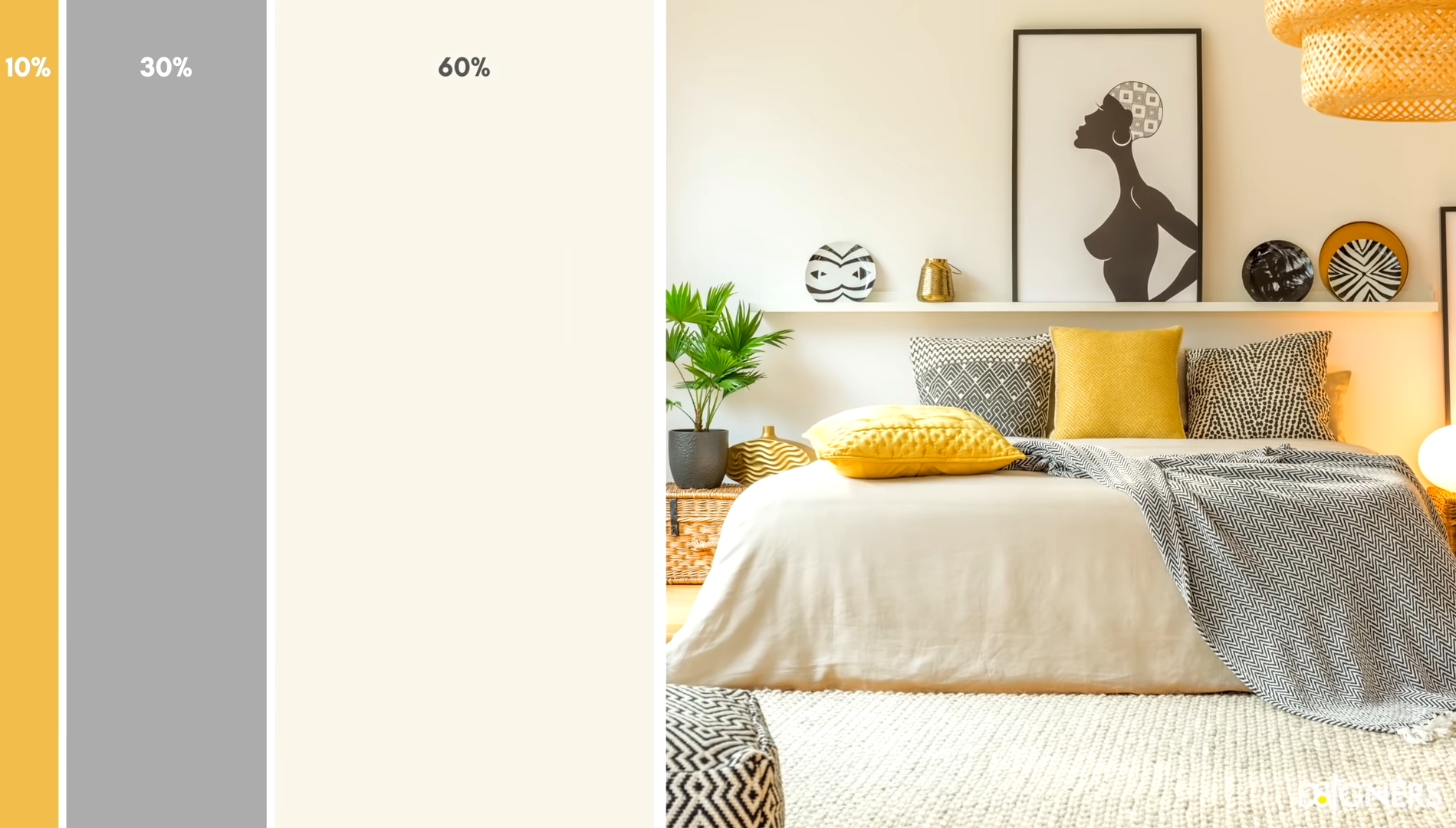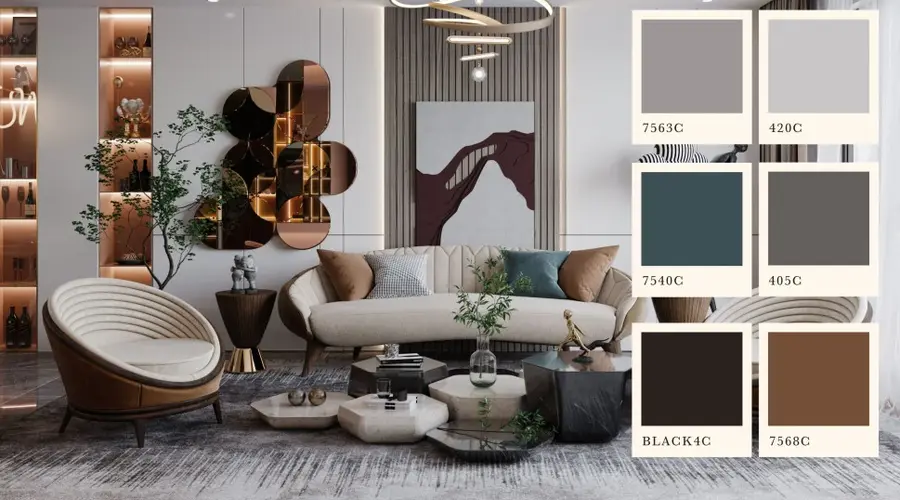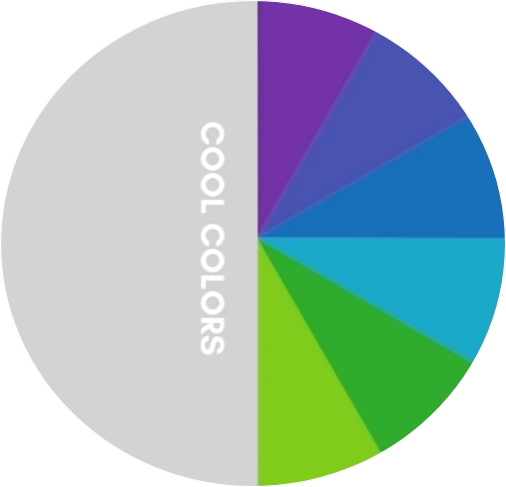Colors can transform the way we perceive a space one of the characteristics of colors is that they allow us to modify the appearance and proportion of a space. We can make a room appear bigger, wider, taller, or deeper. Yes, all these by using colors.
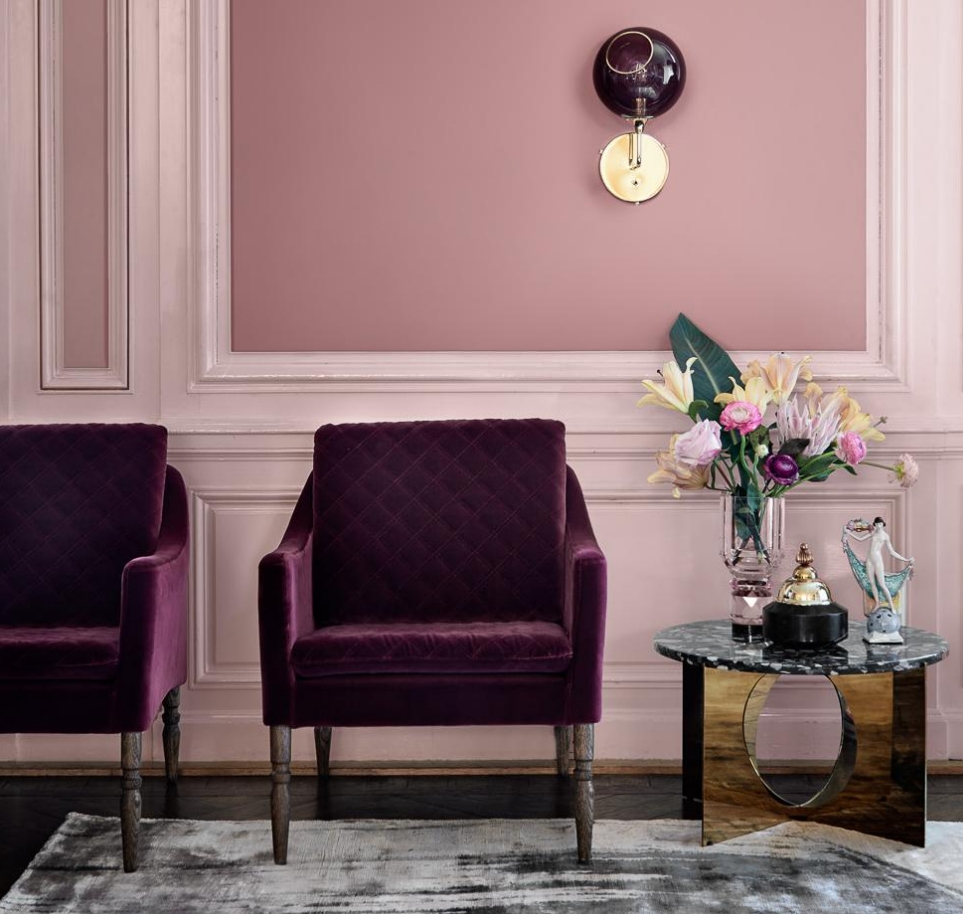
Bright vs Dark







Dark colors generate a sense of intimacy.
Use in a large rooms with good lighting.
Warm vs Cool


Warm colors evoke warmth.
Use warm colors to make big space more intimate and cozy.

On the other side, the cool colors such as blue, green and purple. They evoke a cool feeling they remind us of things like water, sky, or nature.

In an interior space, cool colors produce a calm, serene relaxed, and fresh environment. A small one seems bigger and more spacious because it creates an illusion that walls are moving away cool colors can be ideal for small spaces such as a bedroom, neural corridors, or a bathroom. Rooms that generally have less space.

So warm colors advanced and cool colors recede affecting the perception of depth. So when you are getting to choose a color make sure you are clear about the conditions of your space and how you want to fill in it to choose colors that can help with your design goal.

Neutrals

Apart from warm and cool colors. There are the neutrals, if you don’t want to enlarge the space visually you can opt for neutral colors. Neutral colors then cause such dramatic visual sensations because the chromatic content is very low. Still, you must take into account the undertone when selecting your neutrals because it can ruin your design. Undertones are the secret code of every near-neutral color. It is the subtle influence of one color under mass tone.

Neutrals are the favorites to be used as a backdrop in interior design because it works any style and offers versatility as they combine with all colors. If you decided you need a vibrant hue in your life and you have a neutral paint color then you simply add a pop of color throw inexpensive elements like cushions, flowers, vases, and so on without affecting the whole perception o your space.



Colors & Visual Effects
1. BALANCE HEIGHTS

If a room has a very low ceiling to make it higher at least visually. We will have to paint it in a lighter color than the walls.

Lowering the ceiling height with dark color can make the space more intimate.

2. INCREASE THE WIDTH
Painting the back wall and ceiling in a darker color leaving the side walls lighter will make the space more spacious. This is a widely used technique in narrow hallways or rooms.



3. NARROW THE SPACE
Painting the two opposite walls in dark colors and leaving the background ceiling in light colors will narrow the space for the eyes. Improving the proportion of rooms with unbalanced dimensions.


4. SHORTEN THE SPACE
If you have huge space and want it to feel smaller and more intimate you should add a dark tone on the back wall and use lighter on the other surfaces.
Make a big space cozy a with pop of a dark color!
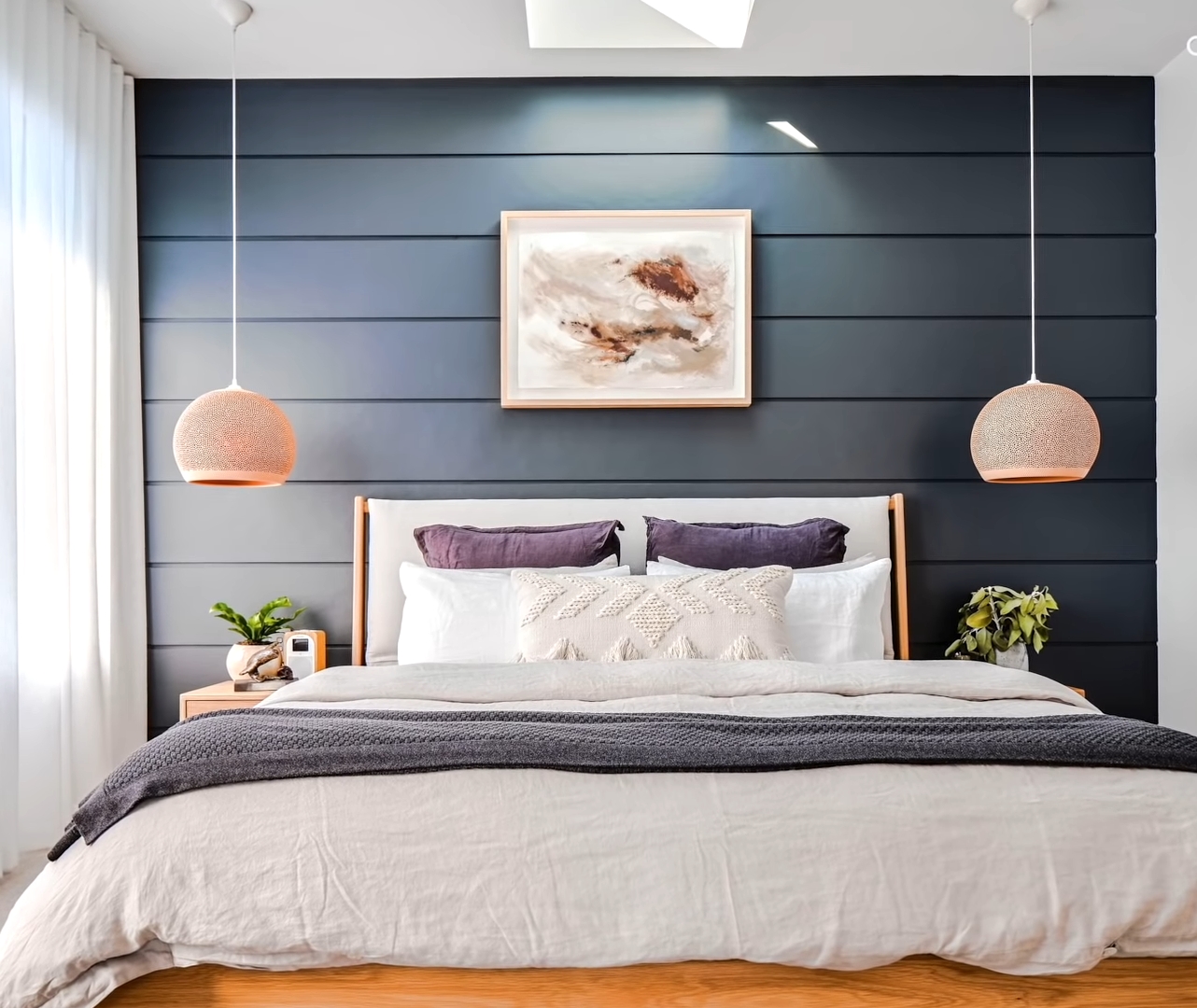

5. SHORTEN THE WALLS
If the idea is to shorten the walls a dark color should be applied to the bottom of the wall.


6. EXPAND THE SPACE
The small rooms are enlarged if they are painted in light colors like neutrals or white since the walls give a receding filling to accentuate this effect. It is best to match the color of the walls and ceiling.

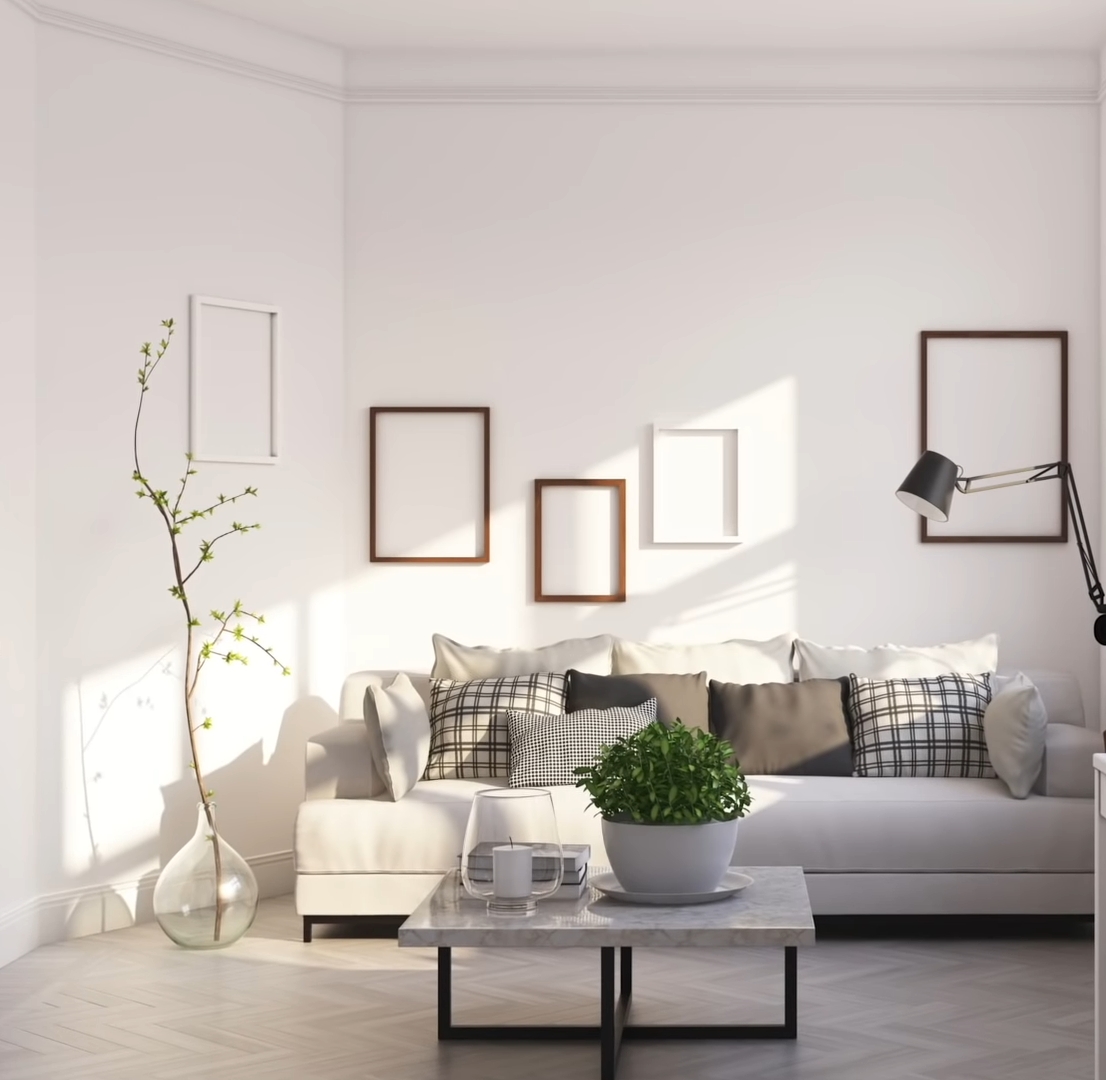
7. COMPACT THE SPACE
Make the room look smaller and cozy by opting for stronger colors for the wall surfaces that can work well. As we saw before dark and warm colors make surfaces seem to come closer to us a visual effect much needed in big rooms.


Now I’m sharing the professional’s secret of selecting the color that I promised you in the beginning.
1. Choose The Color That You Like
If you design your room by hiring an interior designer there are very high chances that the color used in your room is likely to be influenced by the likes of the professional you hired.

Now, considering the visual effects and emotions that a color provokes is very important. It’s also important to choose what we like and identify with our personality. Although, there are rules and color theories. You must know how you feel under the stimuli of a certain color apart from the theory. We must take the individual into the account.
2. Think About What You Already Have
Choose your color thinking about what you already have. If you don’t have any idea about what color to paint a good way to narrow down your choices is to pull a color out of a piece of art or area rug that’s in the room. This color could be a good starting point you can pick a tint tone or shade within the same hue or color family or select a complementary color.
3. 60-30-10 Rule

60-30-10 Rule is used to balance color combinations and to create proportion and harmony between all colors. 60% of the room is the main color, this usually includes large furniture, rugs, and walls. 30% of the room is the secondary color usually accentuates or an accent wall and the remaining 10% is the accent color usually includes small pieces such as cushions, artwork, table lamps, and accessories.
